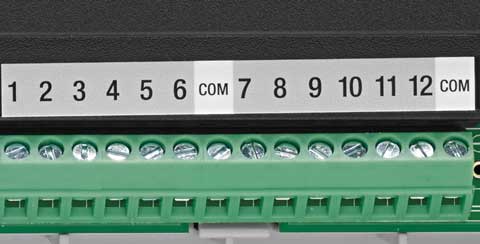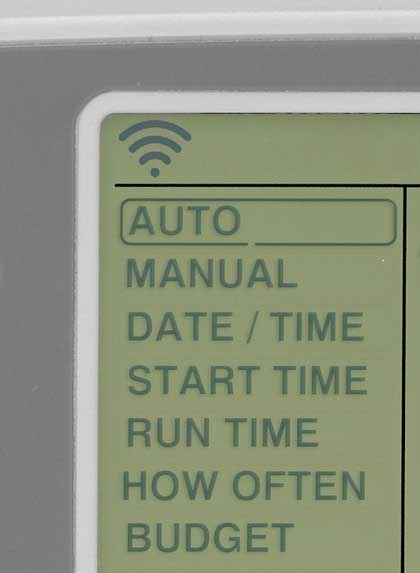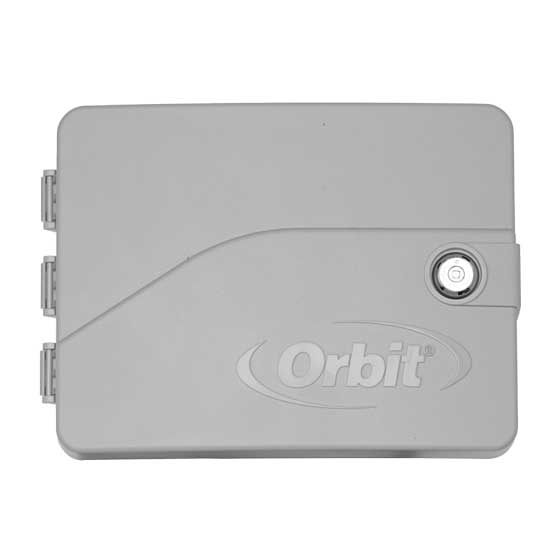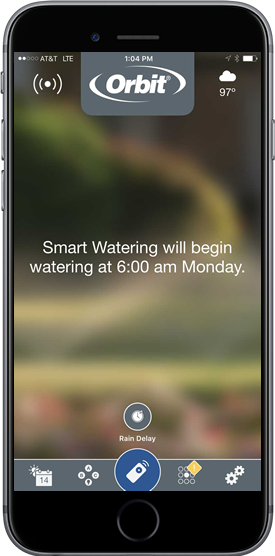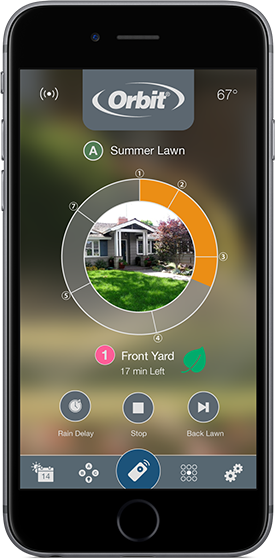How to Find Your Soil Type
The type of soil in your lawn and garden affects water retention and plant root growth, so adjusting your watering schedule to accommodate your soil type is important. Once you determine your soil type, you can manually adjust your watering accordingly, or with a B-hyve smart watering device, just select your soil type in the B-hyve app and our precise technology will automatically adjust to the perfect watering amount and schedule.
Clay
Clay is typically heavy with very small particles. It compacts easily and is silky when dry. Clay soil retains water, but plants can have a harder time growing roots in clay due to its tight structure. Adding organic matter to the soil can help improve the soil and make it easier for plants to grow.
When performing a ribbon test on clay soil, the ribbon will extend 2-inches or more without breaking
Clay soil has a Basic Intake Rate of .15 inches/hour, and a Field Capacity of 43%
Clay Loam
Clay loam is less heavy than pure clay and has small but slightly larger particles. There is more organic matter present in clay loam soil than in clay. It still compacts easily and is silky when dry. Clay loam soil retains water but plants may struggle growing roots due to its tight structure
When performing a ribbon test on clay loam soil, the ribbon will extend 1 to 2-inches without breaking
Clay Loam soil has a Basic Intake Rate of .2 inches/hour, and a Field Capacity of 32%
Loam
Loam, also known as top soil, is typically a rich, dark soil that has a loose breakable texture. Loam soil has a good balance of sand, silt, clay, and organic matter and is able to retain water while still allowing drainage. Most plants will have an easier time growing in loam than any other type of soil.
When performing a ribbon test on loam soil, the ribbon will extend less than 1 inch before breaking
Loam soil has a Basic Intake Rate of .35 inches/hour, and a Field Capacity of 27%
Sandy Loam
Sandy loam soil is less crumbly and coarse than pure sand, it has some smaller particles and more organic matter. Sandy loam can still be gritty to the touch but when moistened will form into a ball. Plants in sandy loam will need more frequent watering, as sandy loam does not retain water and nutrients for long
When performing a ribbon test on sandy loam the soil will form into a loose ball and the ribbon will extend less than 1 inch before breaking.
Sandy loam soil has a Basic Intake Rate of .4 inches/hour, and a Field Capacity of 20%
Sand
Sandy soil is typically loose with large particles. Sand is gritty to the touch and even when moistened will not form into a ball without crumbling. Plants have a harder time growing in sand because water and nutrients are not retained long enough for plants to absorb. Adding organic matter to the soil can help improve the soil and make it easier for plants to grow.
When performing a ribbon test on the sand, the soil will not form a ball without crumbling.
Sandy soil has a Basic Intake Rate of .5 inches/hour, and a Field Capacity of 15%



